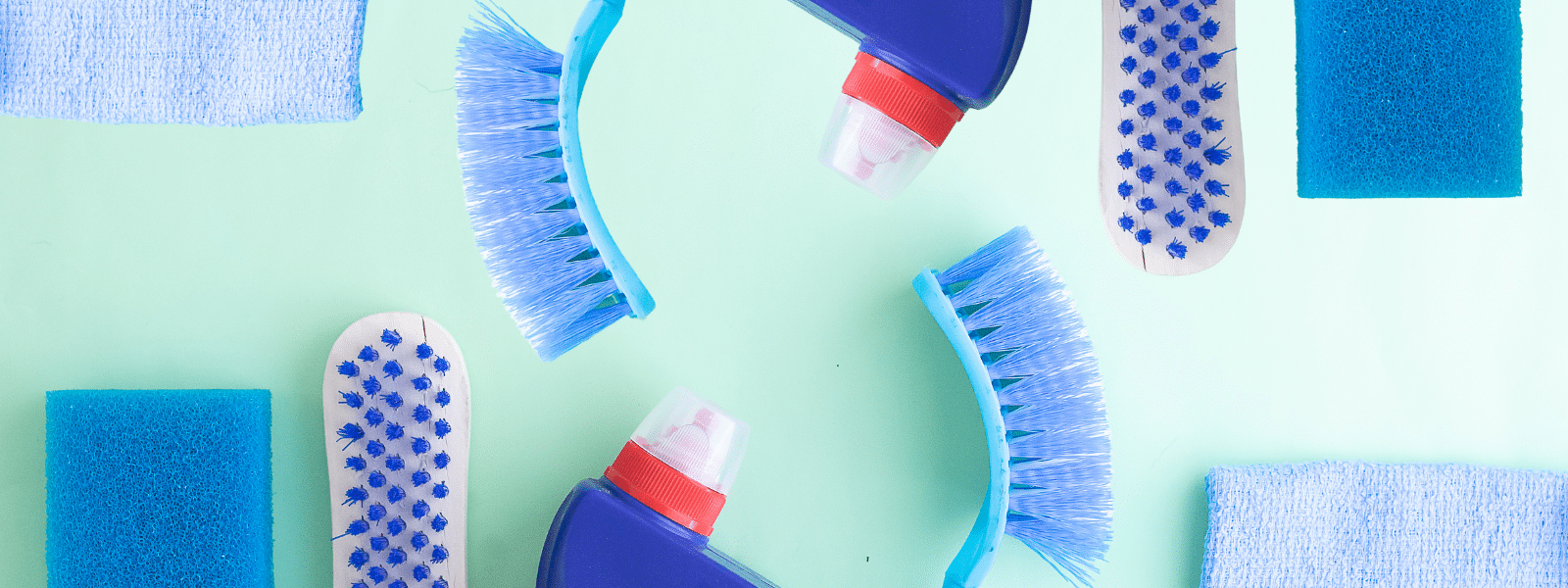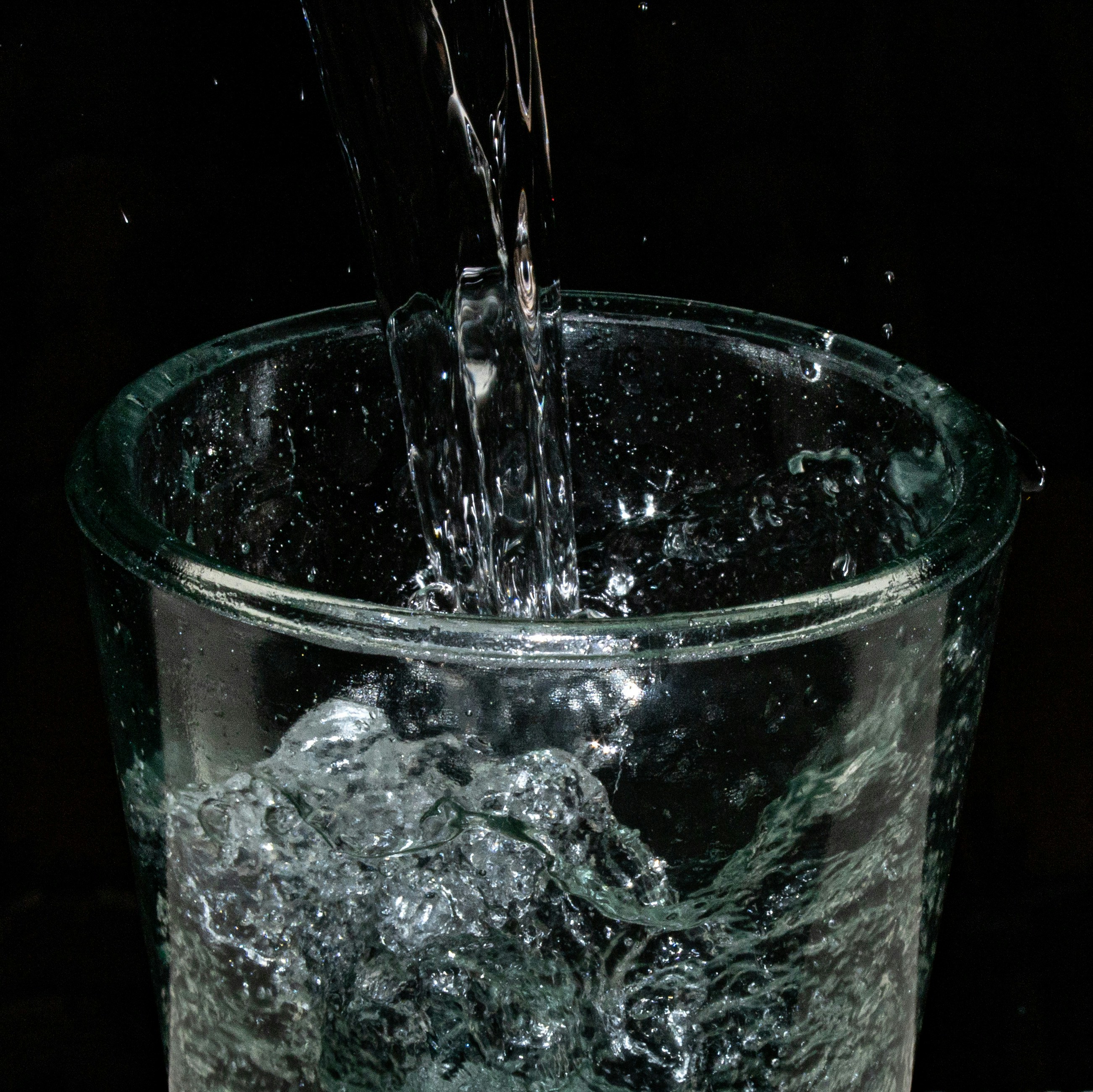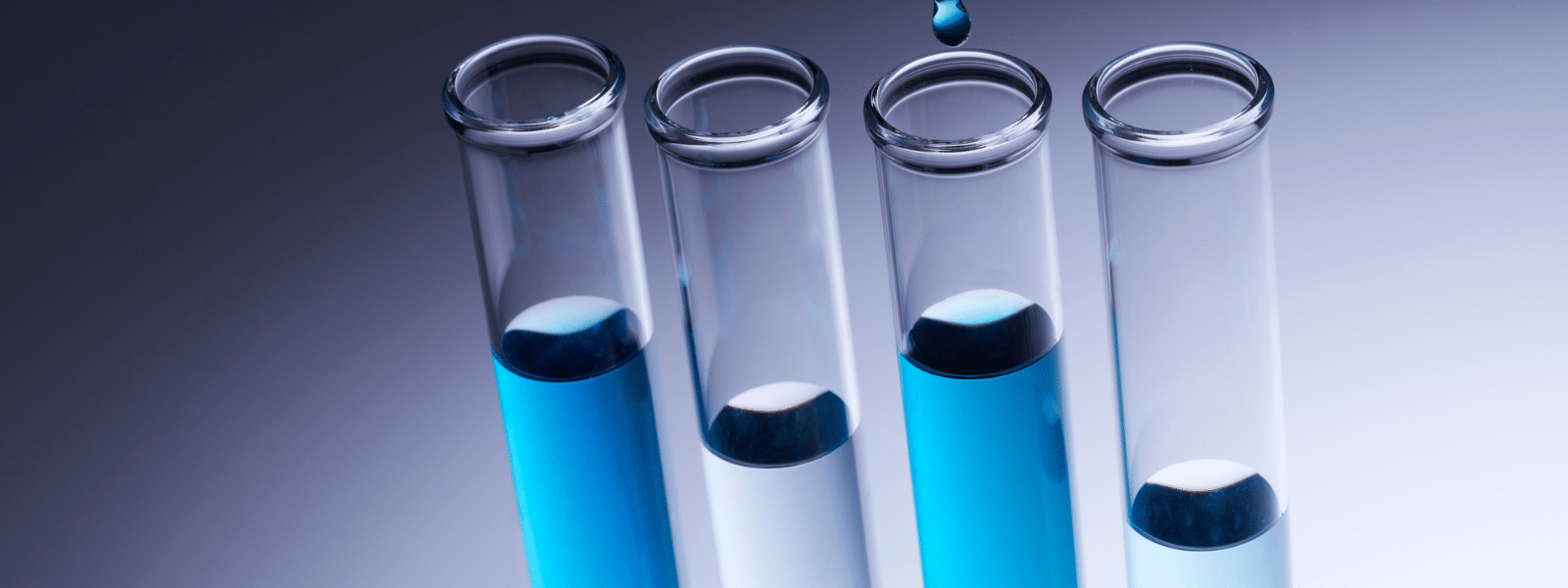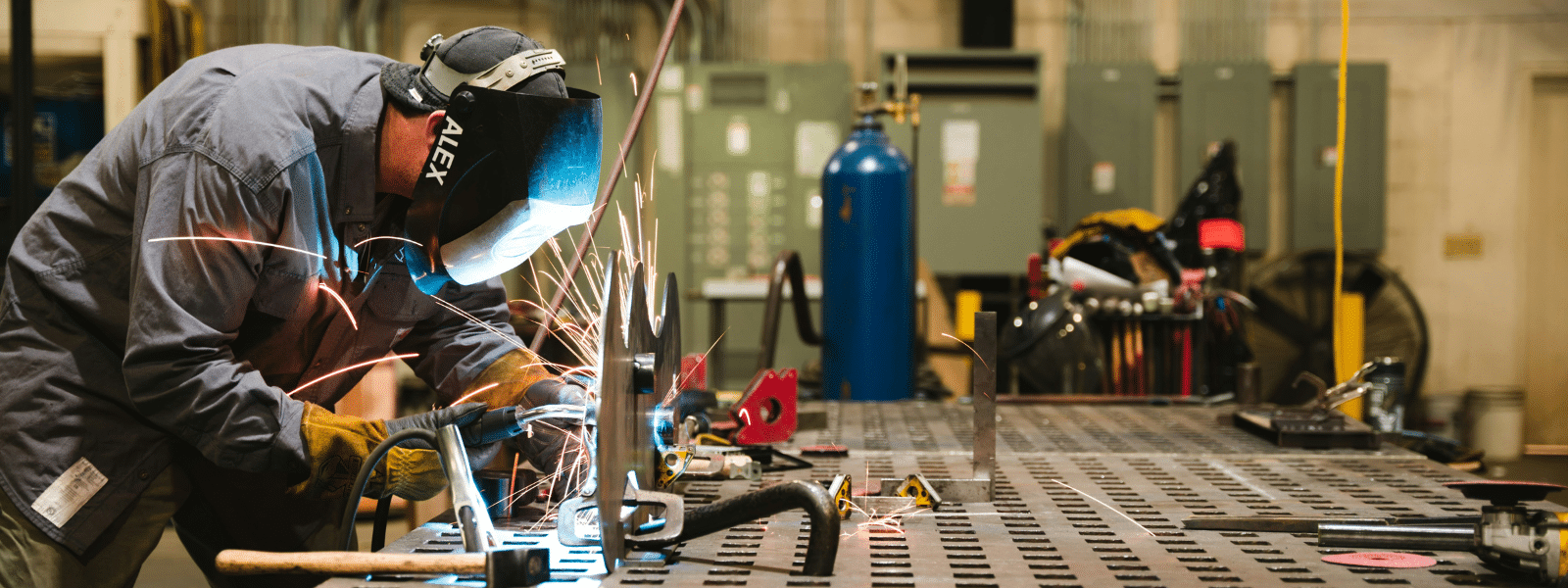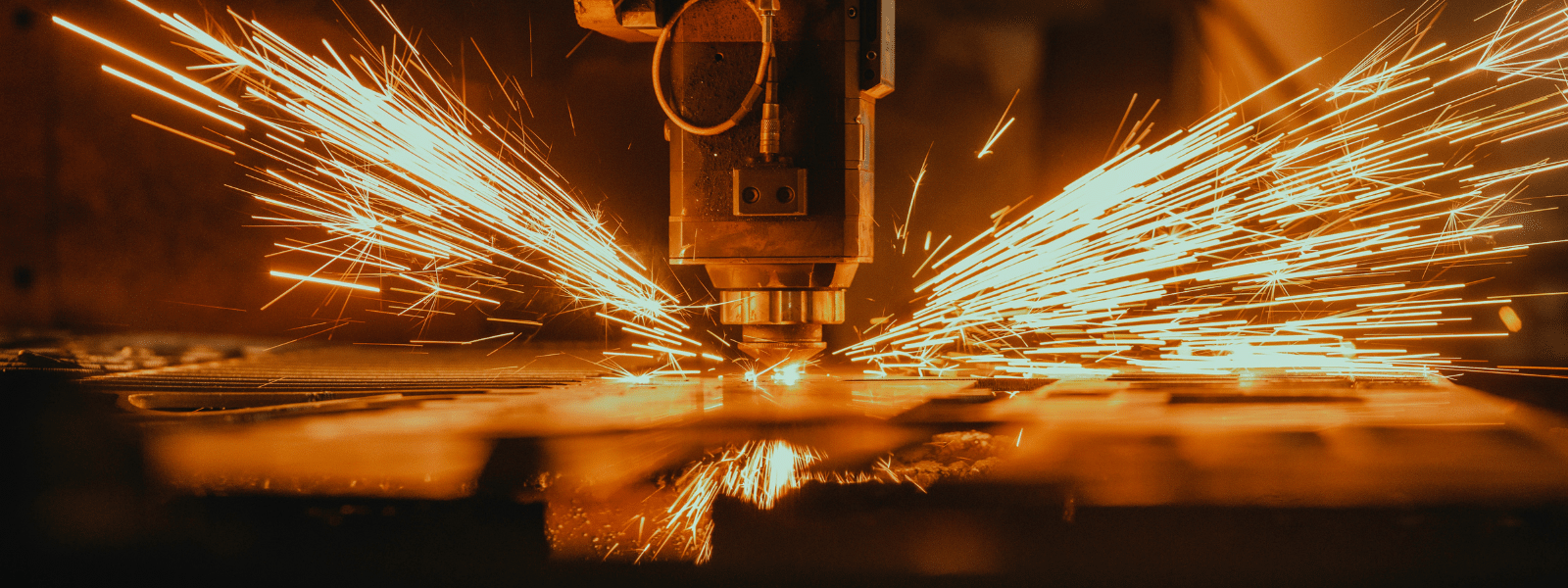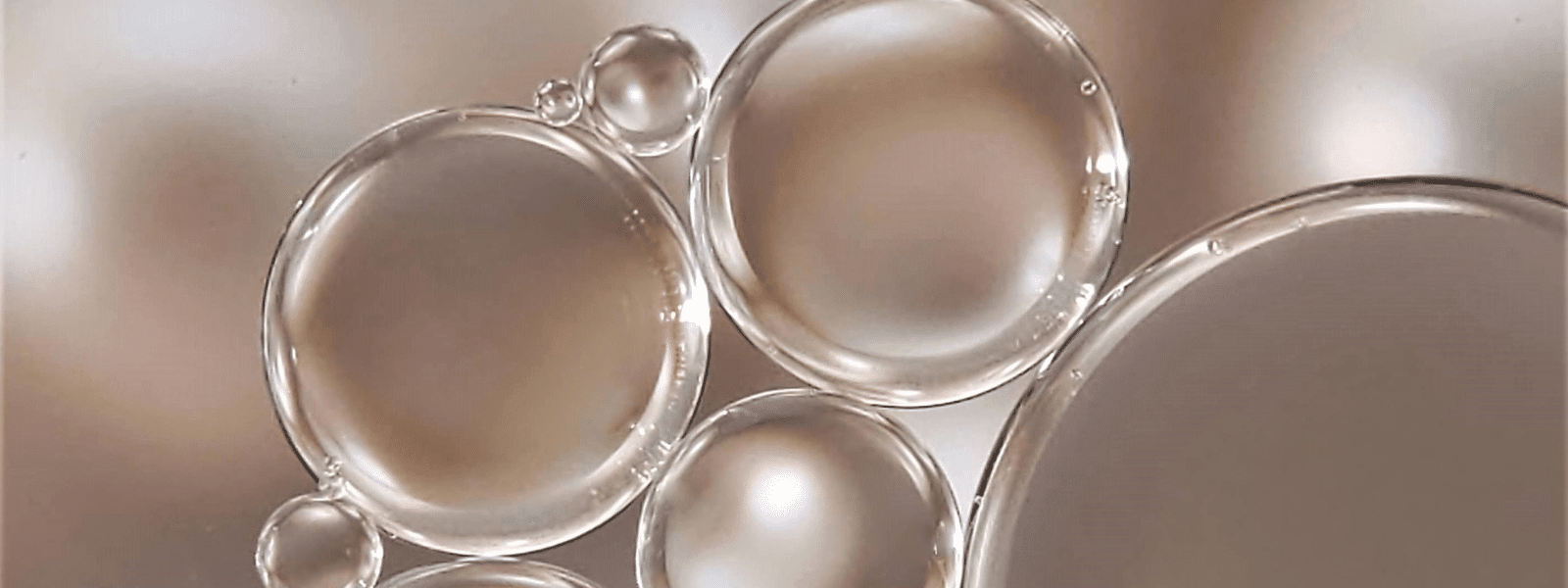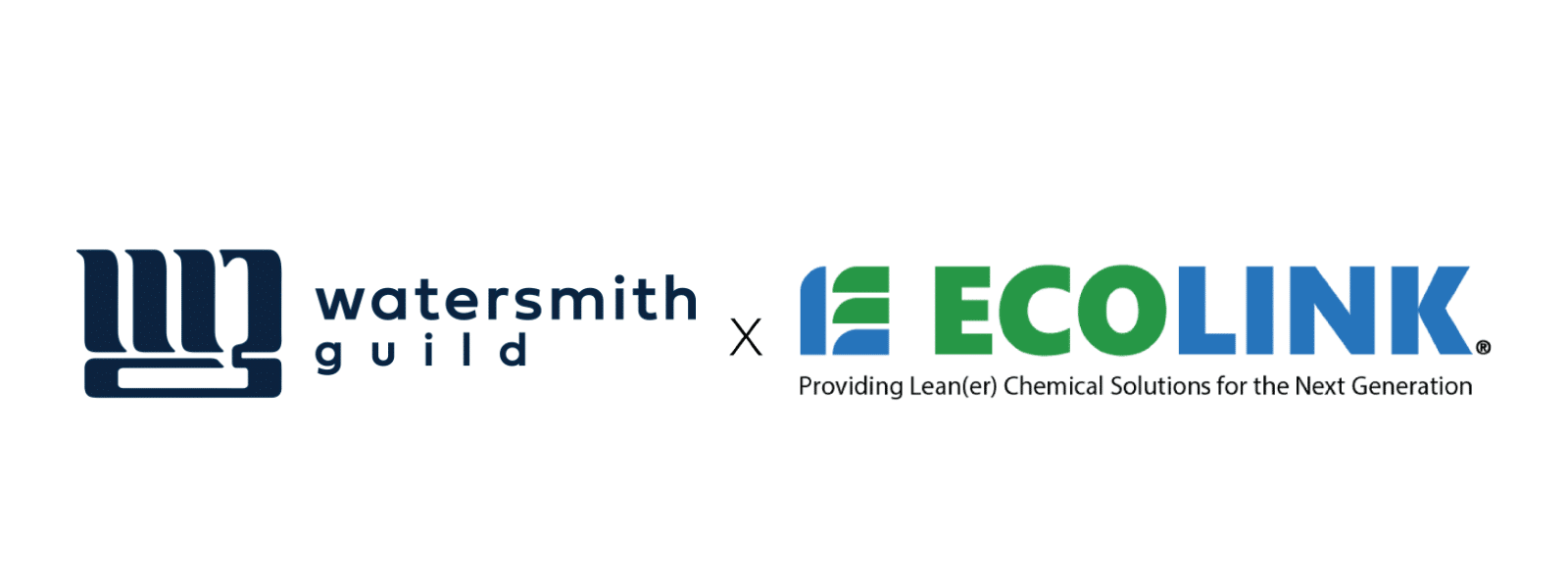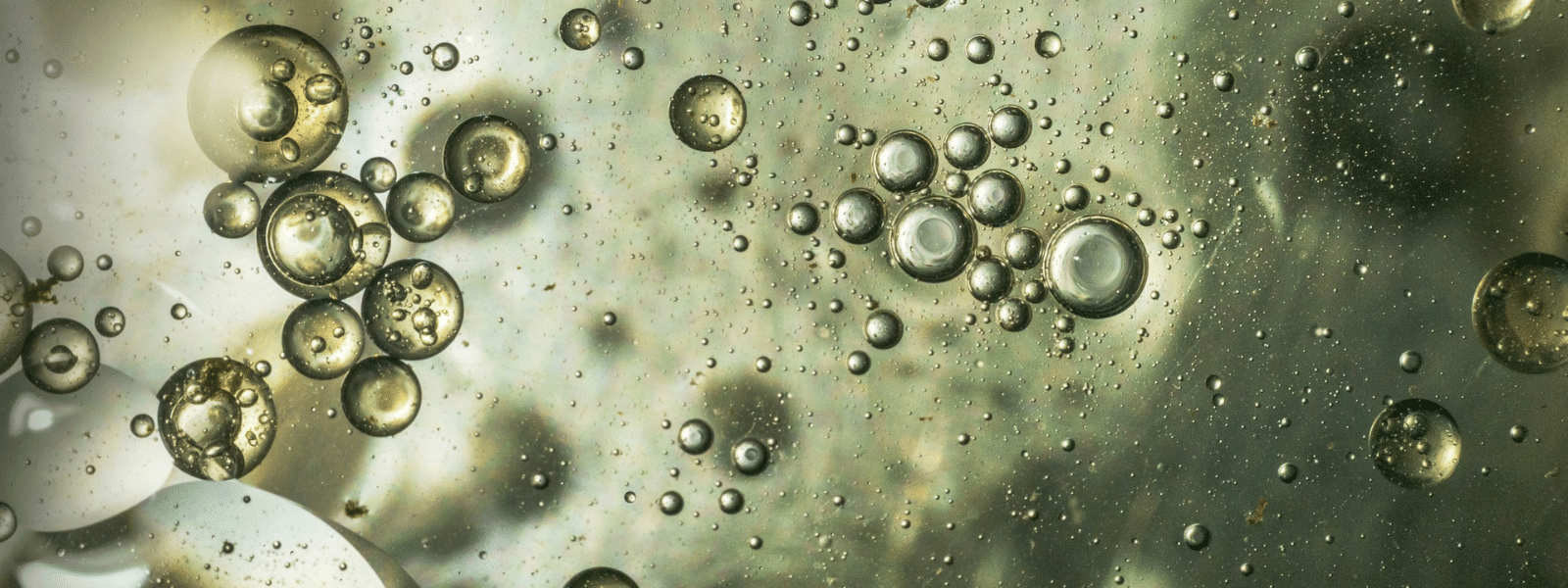What is the bleach chemical formula? When people think about what to use for heavy-duty cleaning jobs, bleach is often one of the first chemicals that comes to mind.
Some people swear by bleach as their go to germ killing agent of choice, but others are a little more apprehensive since bleach can be dangerous if not used correctly.
In this blog post, we will be diving into what exactly bleach’s chemical formula is, how this chemical works, how it can be used, and why it has become so important in the cleaning industry.
Let’s jump in!
What Is Bleach and its Chemical Makeup?
There are essentially two types of bleach:
- Chlorine-based
- Non-chlorine-based
Chlorine bleach has one active ingredient, sodium hypochlorite.
Bleach’s chemical formula (sodium hypochlorite) is known as NaClO or ClNaO. This ingredient is amazing for disinfecting and lightening fabrics.
Non-chlorine bleach’s main ingredient, on the other hand, is hydrogen peroxide.
Non-chlorine bleach works well for lightening surfaces without producing typical bleach stains.
Now that we know what this common cleaner consists of, let’s take a look at how it works to lighten and disinfect.
How Bleach Works
Most bleaching agents work through oxidation.
This means that the color-producing portion of the pigment (which is called a chromophore) becomes non-reactive to light by breaking its chemical bonds.
Through oxidation, this chemical also disinfects by denaturing proteins in bacteria, viruses, and other contaminants that could be lurking on your countertops and on shower walls.
Sodium hypochlorite is strong but also highly sensitive when introduced to other chemicals.
The Dangers of NaClO and How to Use It Safely
When misused, bleach can potentially be very dangerous, and even life-threatening.
If it comes into contact with the eyes, mouth, and skin, it can cause a lot of irritation.
NaClO can also cause serious harm when ingested.
Safety measures should always be taken before working with this powerful cleaning agent, such as:
- NEVER mix NaClO with other chemicals
- Wear adequate clothing, making sure skin is covered
- Put on PPE such as a face mask, gloves, and protective glasses or goggles
- Make sure the area is well ventilated
It is important to stress that bleach should never be mixed with other cleaning chemicals.
One example is mixing it with ammonia (a common chemical found in many household cleaners), and can create a toxic gas that becomes deadly when exposed to it.
However, with the proper safety measures in place, bleach is an amazing and versatile chemical.
Shop Sodium Hypochlorite Today!
If you are searching for a powerful industrial cleaner, look no further than Ecolink Inc.
Our sodium hypochlorite (NaClO) is a great versatile disinfectant and destainer for everything from swimming pool maintenance to laundry. Click here to check it out!





